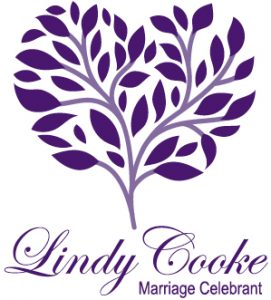Changing status
Often, the first thing someone thinks about doing in terms of changing from single to married status is updating their social media pages such as Facebook and Instagram. Then they’ll move on to updating their email address. It doesn’t stop there though.
 Changing from single to married status also:
Changing from single to married status also:
Invalidates previous wills (unless there’s a provision in the current will.) The document called the Form 14A (“Happily Ever … Before and After”) brochure, which must be handed to each couple planning to marry in Australia, mentions the following specifically:
“Marriage will invalidate any previous wills unless your will clearly shows you were planning this marriage when you made it. It is important that you make a new will when your personal circumstances change. This ensures that you have a valid will that gives effect to your intentions about how you want your assets to be distributed in the event of your death. A solicitor can help you make or change a will.”
Here’s a link to take you to this document:
Changes your status with Government departments e.g.
- ATO
- Medicare
- Centrelink etc.
To legally change your name, you will need to present your standard Certificate of Marriage (which you or your celebrant purchased on your behalf from Births Deaths & Marriages in the state in which you were married) to various institutions. The couple’s certificate that your marriage celebrant leaves with you on your wedding day proves you’re legally married but is not sufficient to legally change your name as it is handed to you prior to your marriage being registered.
These days, there’s no stigma when people choose to retain their maiden name. Some people prefer to do so as their family name has special meaning to them or perhaps they have established themselves in the corporate world and wish to continue to be known by the name they’ve always had. It could even be because they don’t like their partner’s surname!
Conversely, many brides also tell me they’ve been longing to change their surname to that of their partner. This could simply be because they wish to share the same surname as their partner or because they wish to share the same surname as their partner AND their children.
You and your partner can also choose to hyphenate your surnames after marriage without the need for either of you to register an official Change of Name with Births Deaths & Marriages. There is also no rule as to whose surname should go first.
Lastly, it is important to remember that we all retain the right to revert to our birth name at any time in our lives. Someone who subsequently divorces can also choose to retain their married name if that is their wish.
Official Change of Name Process
Keep in mind that the official Change of Name process is different. Anyone who chooses to change their name (however small a change it is) for any reason other than marriage or divorce will be required to register this with Births Deaths & Marriages in the state in which they were born. Here’s a link to take you to further information on the NSW BDM site: https://www.nsw.gov.au/family-and-relationships/name-changes-and-corrections/change-of-name
This process currently costs $195 or $250 in NSW for a priority registered service which includes your new certificate.

31/08/2022
093 ~ ©Lindy Cooke Celebrant
